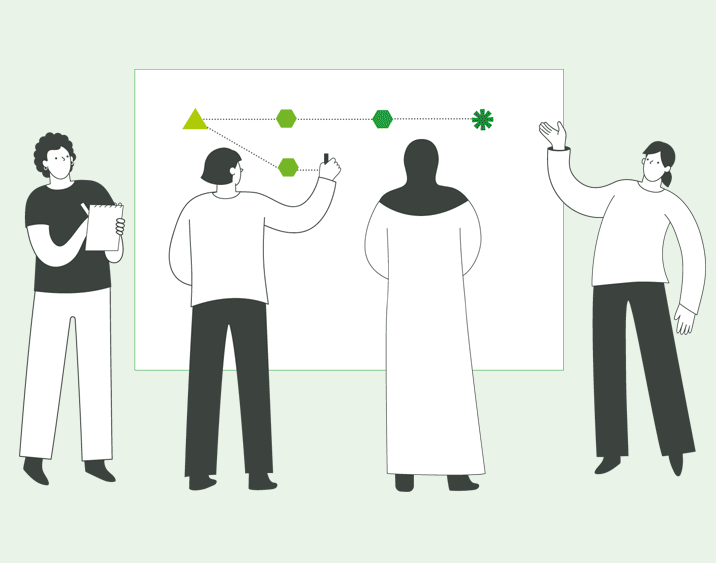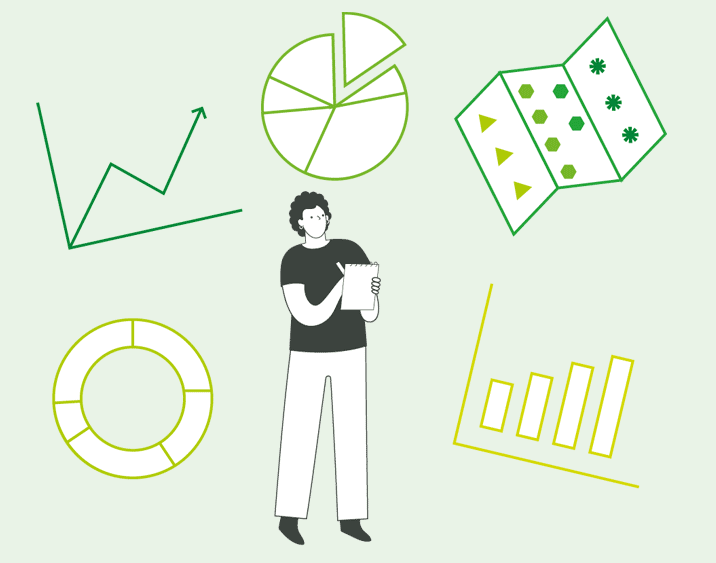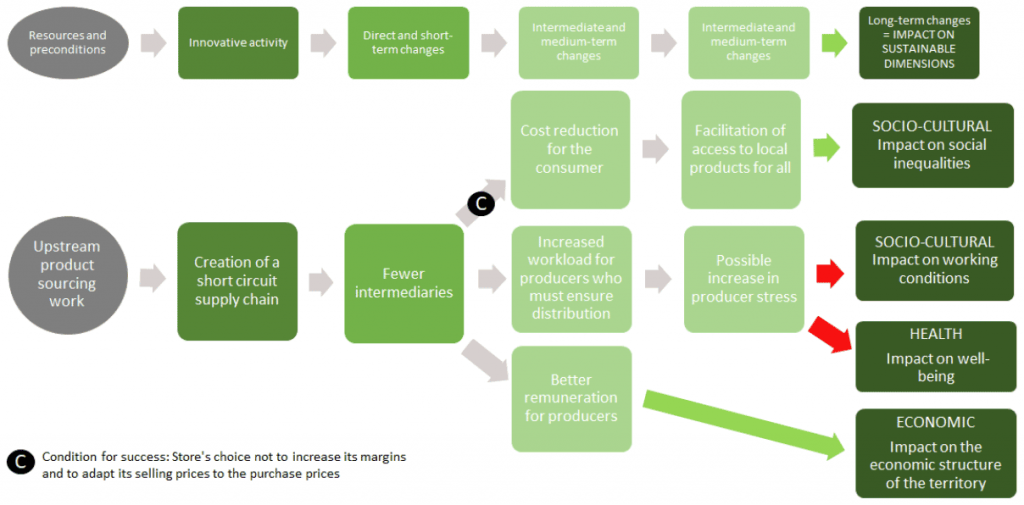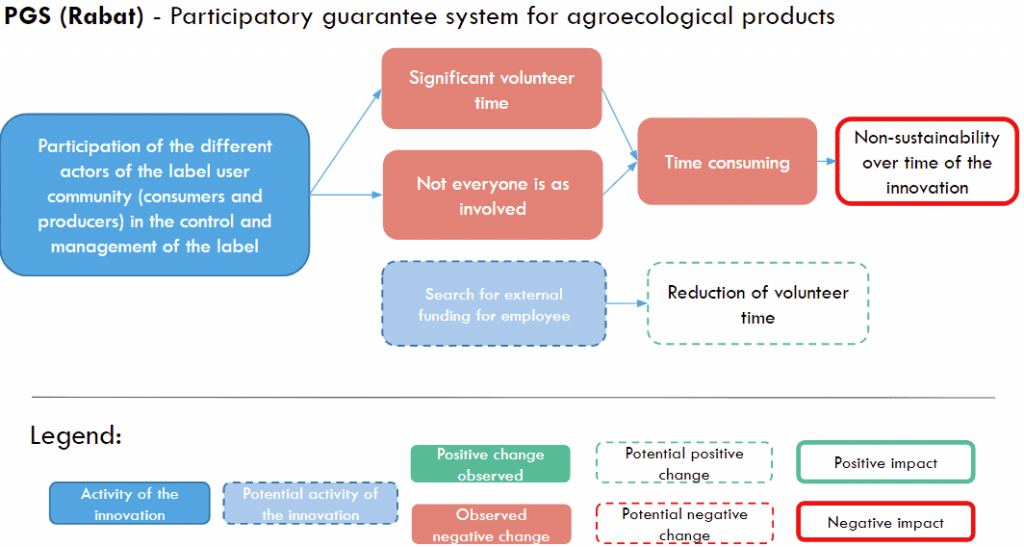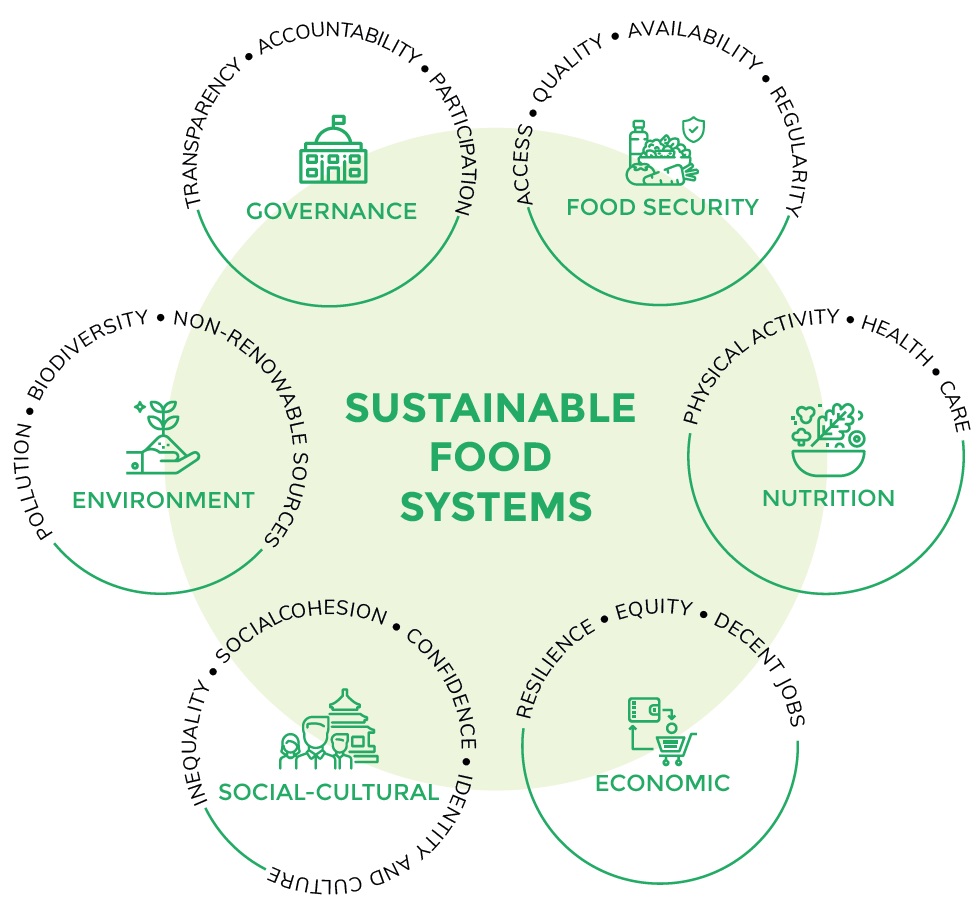Urbal is a multistep method that helps you better understand your sustainable food system innovation. With tools to map how food system innovations create changes and impacts over time, Urbal can help uncover key barriers and enablers of sustainability and provide important information for community members, practitioners, decision makers, and researchers working to make food systems better.
This guide explains how to use the Urbal process. It provides detailed information about how to elaborate activities linked to your food system innovation, how to map changes and impacts to food system sustainability, and how to identify the enablers and impediments to these changes and impacts.
Urbal also offers the possibility to benchmark, evaluate, and track the sustainability of food system innovations.
Navigate the guide
Urbal objectives
Urbal is designed to support public and private practitioners – including innovators, policy-makers, community organizers, and funders – who want to advance and share their work to increase food system sustainability.
- Urbal is a free, open access, adaptable, and easy to use tool to help guide planning and decision making for sustainable food system innovations.
- Urbal helps you identify and map how an innovation creates changes and impacts in a food system.
- Urbal helps you find the barriers and enablers to sustainability in a food system innovation.
- Urbal highlights how innovations help transform sustainable food systems by being replicable, networked, amplified, supported, and/or disseminated at multiple scales.
- Urbal enables the identification and selection of indicators to assess and monitor food system sustainability.
Through online, open access and customizable resources, Urbal enables :
- Multi-stakeholder participation and co-learning,
- A reflexive exercise to map pathways of change and impact,
- An assessment of different dimensions of sustainability.






